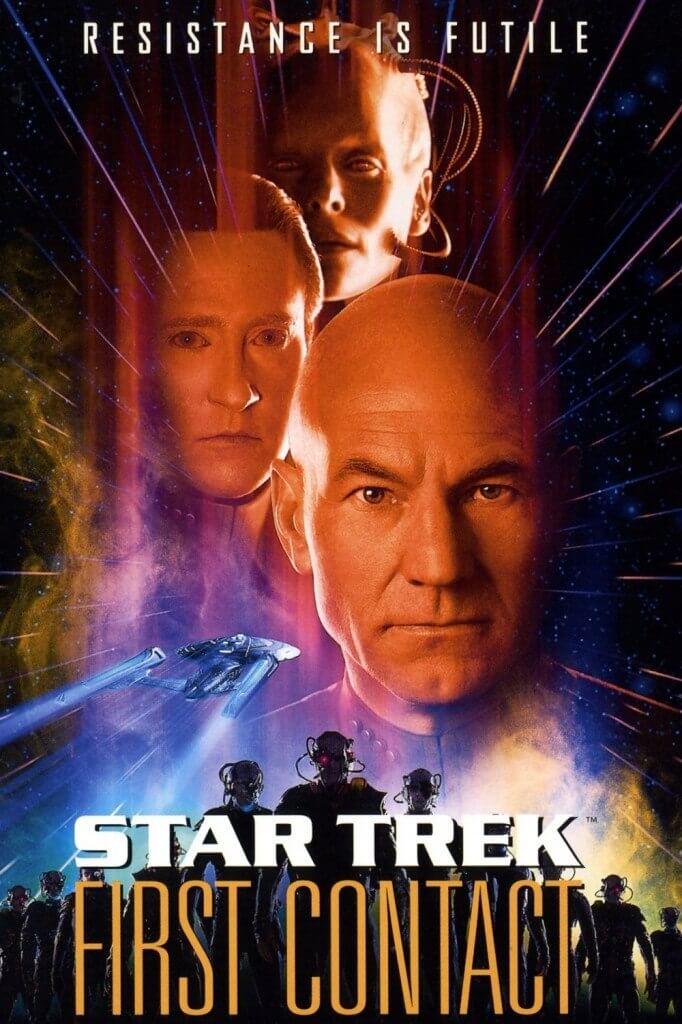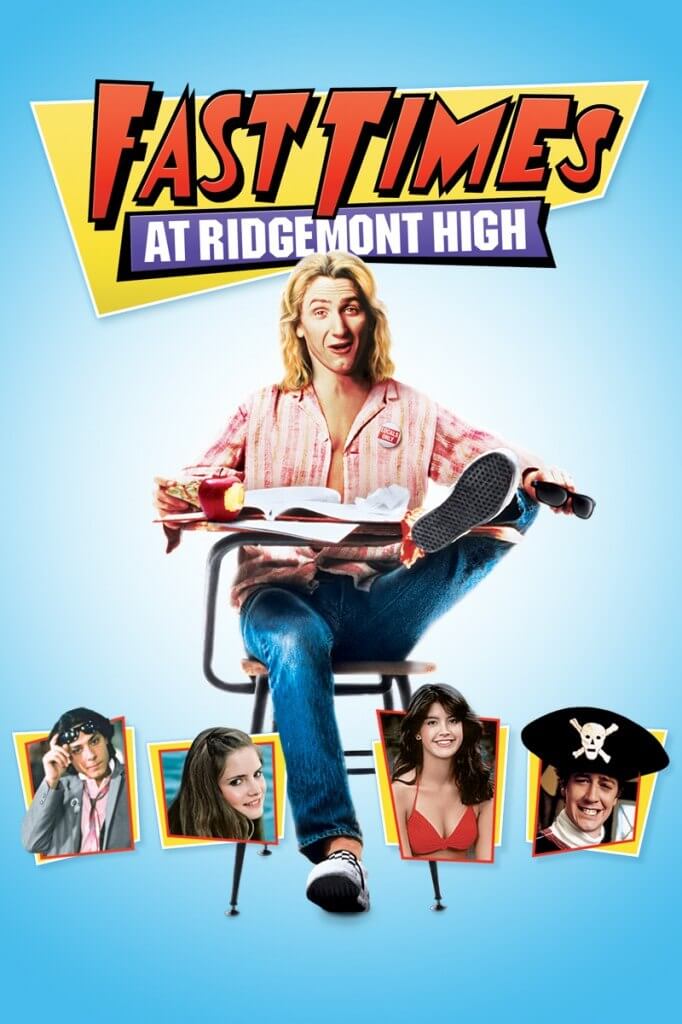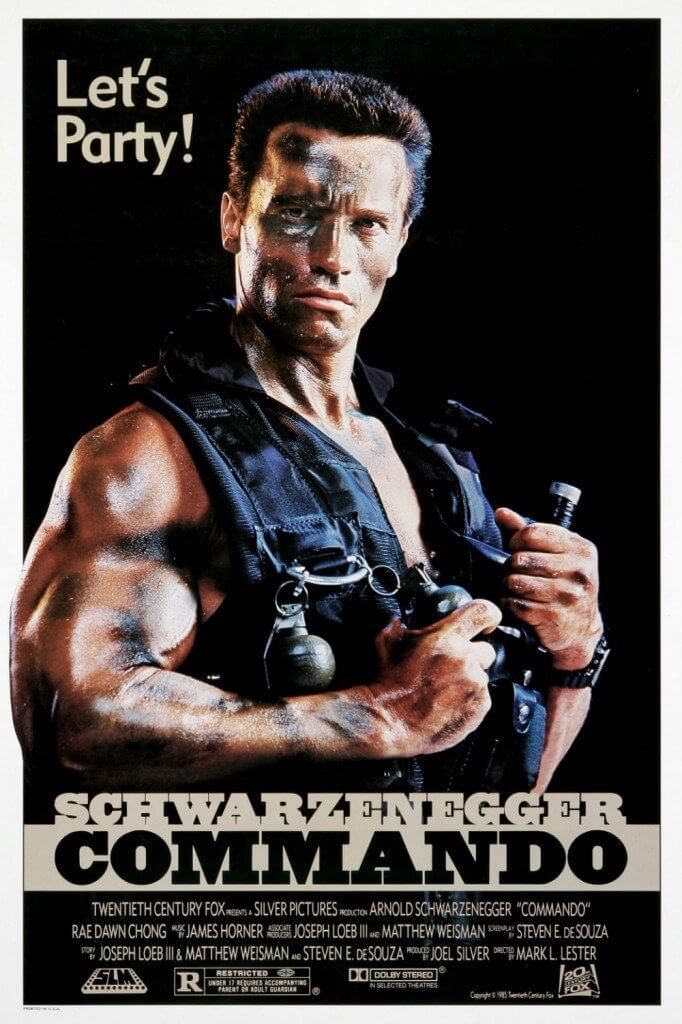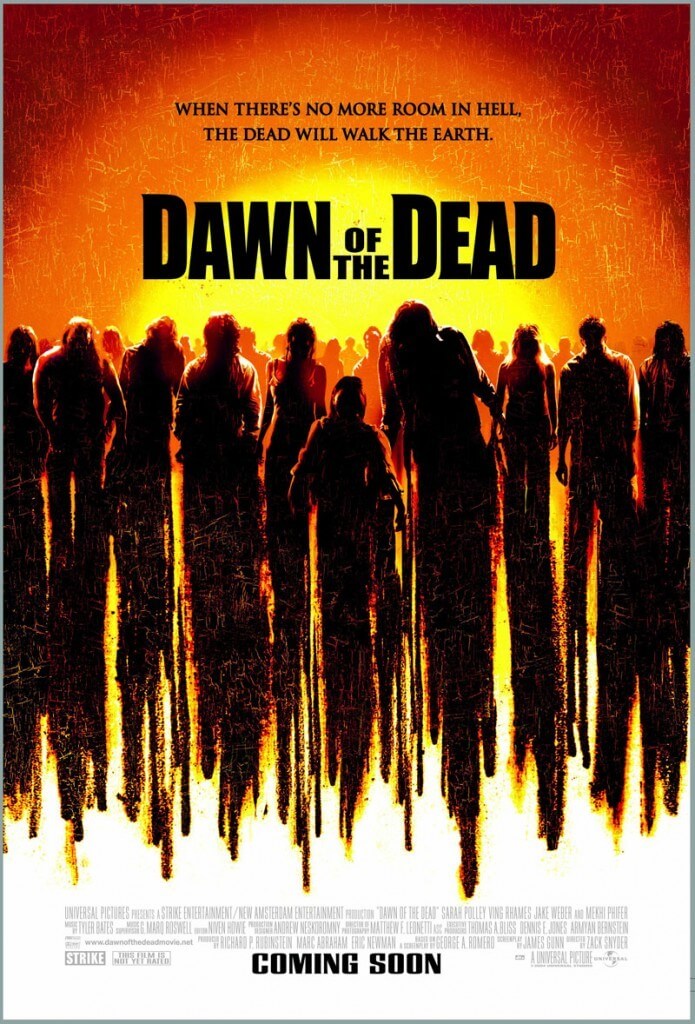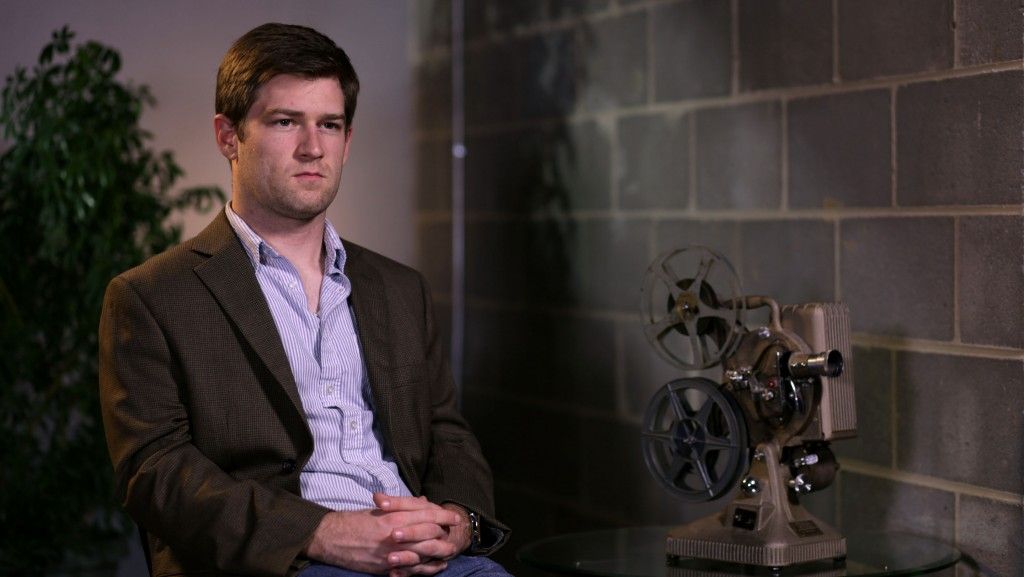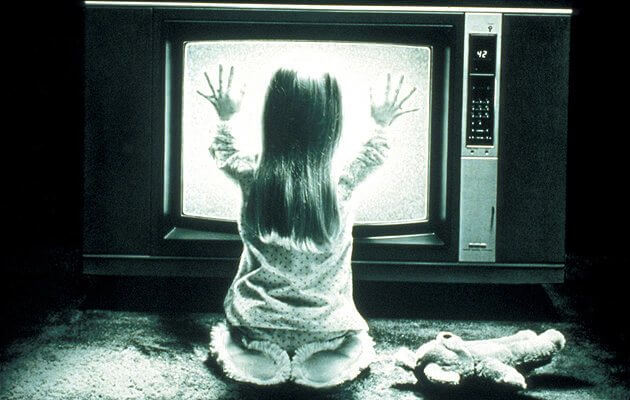When James Cameron was initially developing Titanic, there was a certain amount of doubt cast on the potential success of a film about the ill-fated ocean liner. A lot of this doubt came from the complete box office failure of a film made seventeen years earlier titled Raise The Titanic, based on the Clive Cussler novel of the same name. With a budget of over $40 million, the film grossed a paltry $13.8 million… and that’s including video sales and rentals. The enormity of the production (complete with the world’s first 10 million gallon horizon tank and a $7 million full-scale Titanic replica), and subsequent anemic box office returns were enough to give studio execs pause when they heard James Cameron was going to try his own big budget picture about the ill-fated ship. Despite sinking at the box office, Raise The Titanic has garnered a small cult following and has earned an upcoming Special Edition Blu-Ray release.
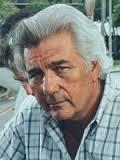
The Director of Photography of the film, Matthew F. Leonetti A.S.C., was recently in Atlanta, GA filming Dumb & Dumber To with the Farrelly Brothers. While he was in town, ECG was tasked with shooting a behind-the-scenes interview to be included amongst the special features on the Raise The Titanic Blu-Ray release. In addition to Raise The Titanic, Leonetti has served as Director of Photography on a long and distinguished list of prominent hollywood films, including Poltergiest, Fast Times at Ridgemont High, Commando, Angels In The Outfield, Star Trek: First Contact, Along Came A Spider, The Butterfly Effect, and Dawn of the Dead. (For those of you who perked up when you saw Fast Times mentioned, read on, I promise we’ll get to that). While our cameras were rolling, we stuck mostly to stories from the production of Raise The Titanic, but after we called “cut”, Brandon Peterson and I couldn’t resist asking Mr. Leonetti about some other films from his decades long career. Below are a few things we learned from a DP who’s been in the business longer than I’ve been alive.
As you can see, Leonetti has some versatility.
Always Be Learning
The first thing I should say is that Matthew F. Leonetti knows his stuff. In this business, particularly as a DP, it’s easy to get stuck only using a certain camera or certain lights. He walked in and immediately started asking questions about our camera and setup. He wanted to know not only what we were shooting with, but how it handles low light, the dynamic range compared to an Arri Alexa, how long the battery lasts on our ikan LEDs. Then, he took a look in the monitor, and started tweaking. He asked first, but of course we aren’t going to say no to a member of the ASC. “Can we move this around a little bit? It’ll make it more dramatic.” Besides my normal responsibilities as an editor and producer at ECG, I’ve become the talent stand in, so it was pretty cool to sit in the chair while being lit by a true seasoned veteran cinematographer. And Brandon was giddy as he moved the lights around, taking directions from such a distinguished shooter. And while I thought we did a pretty good job on our set up, in less than two minutes Matt improved our shot two-fold. So after lighting his own interview, he sat down in the chair and taught us a few more things.
That’s me in the chair, in the process of being lit by a cinematic titan!
Redefining Failure & Success
One thing that stood out during the interview was that Matt didn’t see Raise The Titanic as a failure. He was proud of his work and rightly so. While the film does have a number of flaws, the cinematography is not one of them. The snowy Russian tundra, a windy British coastline, a claustrophobic three-man submarine, and two miles below the ocean surface were just a few of the locations Matt was responsible for shooting. The film was also shot anamorphic, which presents it own set of challenges and necessary adaptations. Combine that with plenty of special effects shots, and this couldn’t have been an film for any DP capture. When we asked Matt about the fact that the film was a failure, he seemed genuinely surprised. It was immediately clear that he didn’t judge the merits of the finished product based on box office receipts. Honestly, it was a very refreshing thing to hear. He did his job and he did it well, and even if the film didn’t break any records or win any big awards, he was proud of his contribution to it.
“Just Do What You Gotta Do”
Matt’s humility definitely shone through during the interview. As we asked him about various problems he encountered during shooting, he would quickly gloss over things that would’ve made other productions stop dead in the water. Matt consistently related tales of how he overcame them without gratuitously applauding himself for his solutions. There’s a scene with Alec Guinness (yes, that Sir Alec Guinness) that takes place in a British coastal town, along a pier with waves breaking in the background. One massive wave unexpectedly came right over the embankment, sweeping him, the camera operator, and the camera right into the water. Without missing a beat, Matt started talking about another shot as if being flung into the ocean with his entire rig (a 35mm film camera, no less). We had to ask him to tell us what happened next. He said he stayed up all night, took apart the entire camera, cleaned it, dried it and went back to work the next day. It was amazing that he would’ve skipped that part had we not asked him about it directly. When we told him that was a great story, he just shrugged and said, “Well, you just do what you gotta do. It was no big deal.”
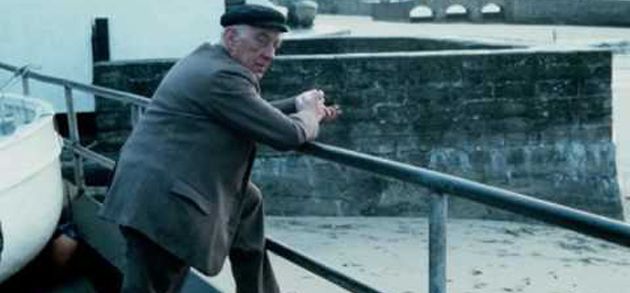
Yep, that Sir Alec Guinness
Collaborating With A Director
One thing that Brandon and I took away from the interview was a sense of the incredible value that comes from a great working relationship between a director and a cinematographer. Matt told us he had called the director the day before in order to prepare for his interview. He just referred to him as “Jerry”, so it actually took us a while to figure out who he was talking about. We asked him about shot selection on the film, and more specifically whether it was him or Jerry Jameson that placed the camera for each shot. Matt said he didn’t remember exactly, but he described the job as he saw it. He was the expert and would give his informed opinion on what should be done with the camera and lights, but ultimately, the director makes the final call. Just check out the clip below if you don’t believe me! This also goes back to Matt’s humility. No ego here. He understands that the director steers the ship, and even if he can’t see the full course heading, he needs to trust him.
Do What You Love, Love What You Do
Matt is a successful DP for a number of reasons. He knows the tools of his trade, and is constantly learning as they change and improve. He is willing to put in the work, and do what it takes to get the job done. He is humble and understands the true meaning of collaboration. But what I think really makes him successful is that he loves what he does. He loves making movies with others and understands that filmmaking is a team sport. His most enthusiastic stories were the ones where he was talking about working with someone else. More important than the logistics of production or box office returns were how much he enjoyed the production. And from everything he said, he’s enjoyed every single film he’s ever worked on. With that sort of attitude, and with his skill set and knowledge, he’ll be working as long as he chooses to. Who wouldn’t want him on their set?
Favorite Films & Famous Shots
While there were tons of movies, even specific shots, we wanted to ask him about, we only had a limited amount of time. We didn’t have the luxury of picking his brain about the famous shot in Poltergeist in front of the static-tuned TV, but he did tell us that of all his movies, that’s his favorite. He couldn’t give us an exact reason; he just seems to really like that movie. Though he was only in our studio for a short time, Brandon and I both learned more in that hour than we could’ve reading a whole book on cinematography. I won’t forget the knowledge we gained for years to come. And you know what, I’m probably going to buy the Blu-Ray of Raise The Titanic.
Oh, and when we asked him about what it was like shooting the famous shot of Pheobe Cates coming out of the pool in Fast Times At Ridgemont High he said he didn’t understand what the big deal was. “It’s just a girl coming out of the pool.”
Sorry to disappoint, but my mom reads this blog!
